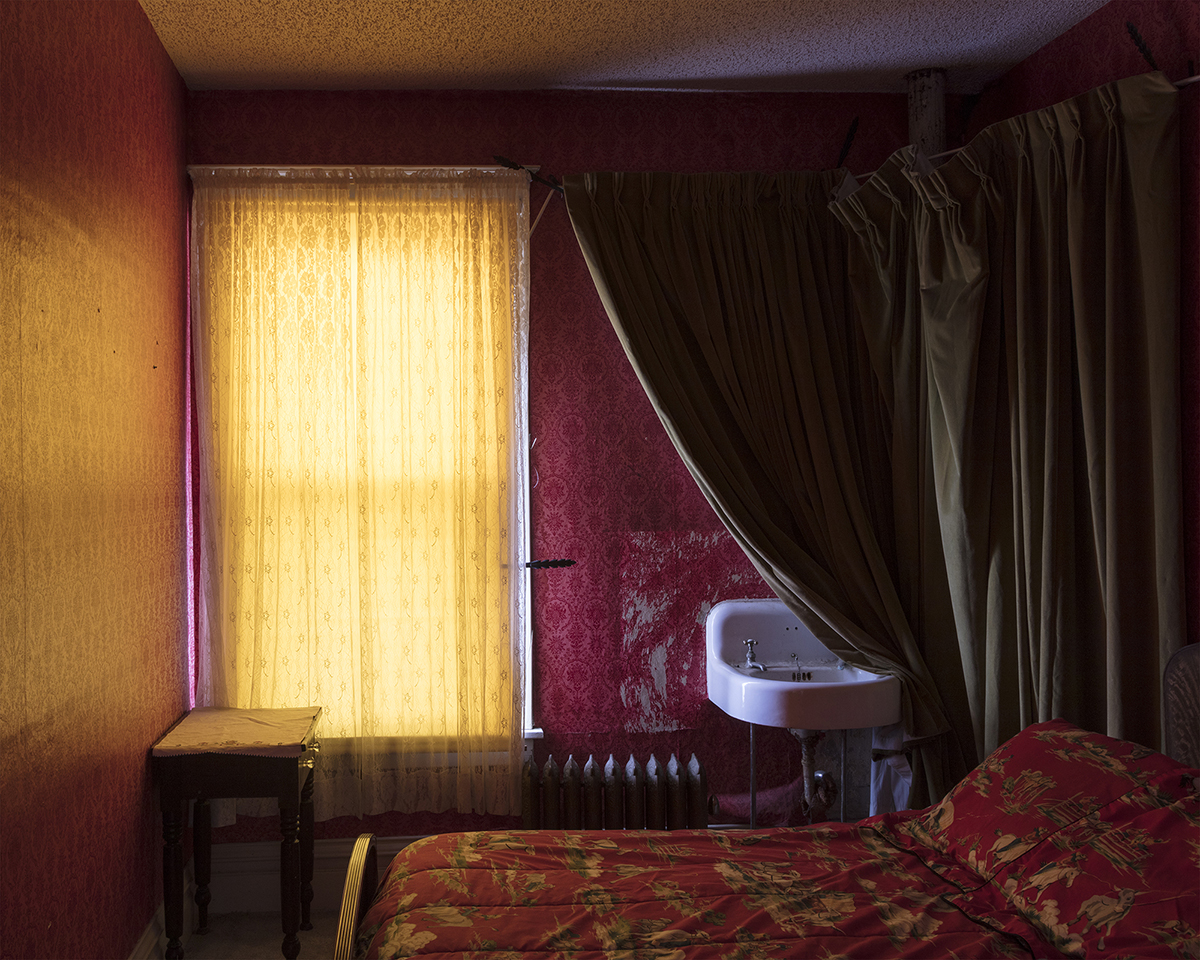Buffalo
With barely 600,000 residents Wyoming is the least populated state in the union. Its idea of State selfhood is one of abundant natural splendor, rugged resilience, and self-sufficiency. The main economic drivers are mineral extraction and tourism. Agricultural commodities include livestock, hay, wheat, barley, and wool. The climate is semi-arid continental, it is dry and windy with extreme shifts in temperature.
During the late 19th and early 20th centuries the American West was a place where identity was often the creative result of entrepreneurial self-invention, fiction, and theater. It is telling that some of its most famed residents such as Buffalo Bill Cody, Sitting Bull, and Calamity Jane made a living later in life by acting out their own legends.
To this day the Wyoming state website proudly boasts of ‘the untamed spirit of the West’ and its ability to ‘open your mind and invigorate your senses to release your own inner freedom and sense of adventure.’ At the historic Occidental Hotel and in other places in and around Buffalo, Wyoming time has seemingly paused. They are contemporary spaces so steeped in the past it’s disorienting.
Buffalo is one of numerous towns in America where people have rejected aspects of contemporary society in favor of a simpler and often more rural life that includes aspects of historical reenactment. It has been called histo-cinematic simulation or the Disneyland effect in which sanitized ideas of the past are mixed with everyday contemporary life in a nostalgic new romanticism that is both enticing and unsettling. Perhaps this is the result of our legacy of images and their narrative power to provide definitions in a world that is still shifting too rapidly for many to keep up.
Imag[in]ing America depicts a series of locations in the United States as a residue of cultural memory, as inheritance. It is a metaphorical memoir, a narrative re-telling of facts and fictions and a discovery of the dreamland that still is America.




















